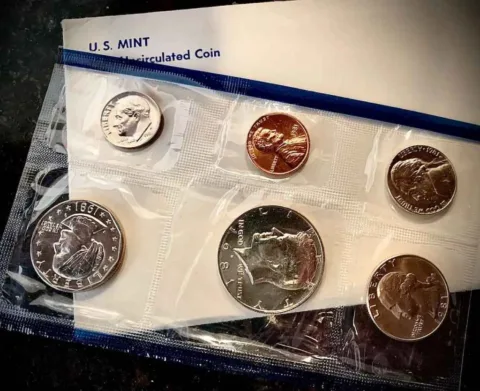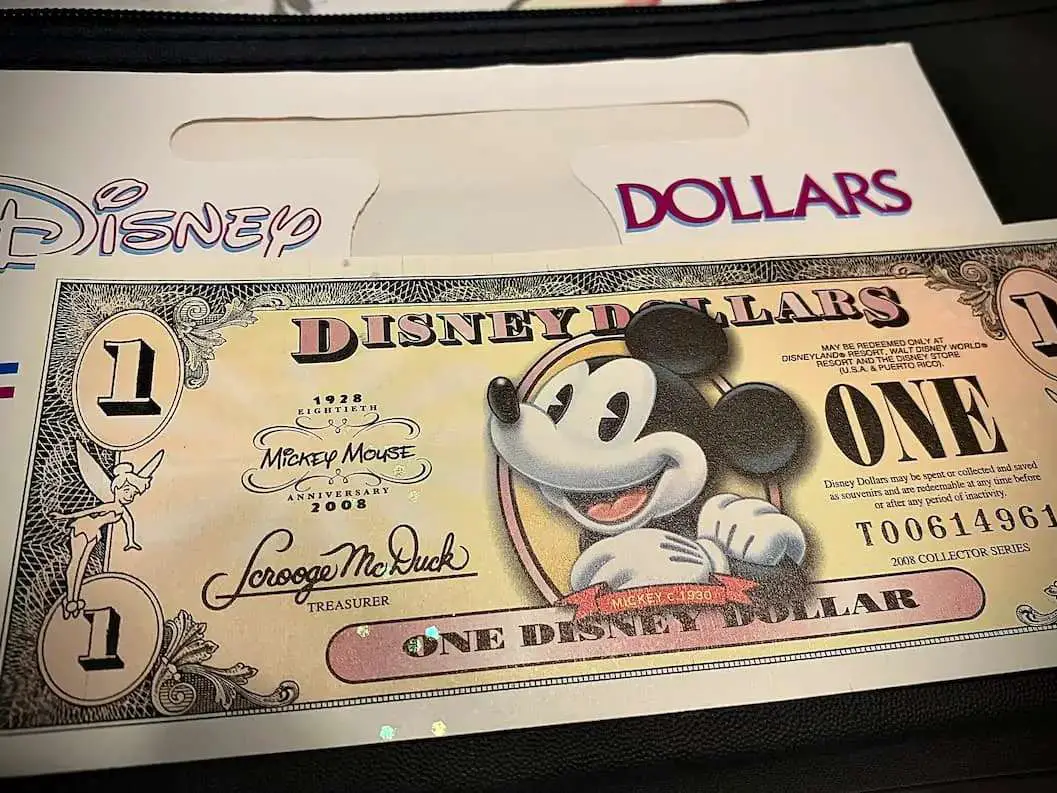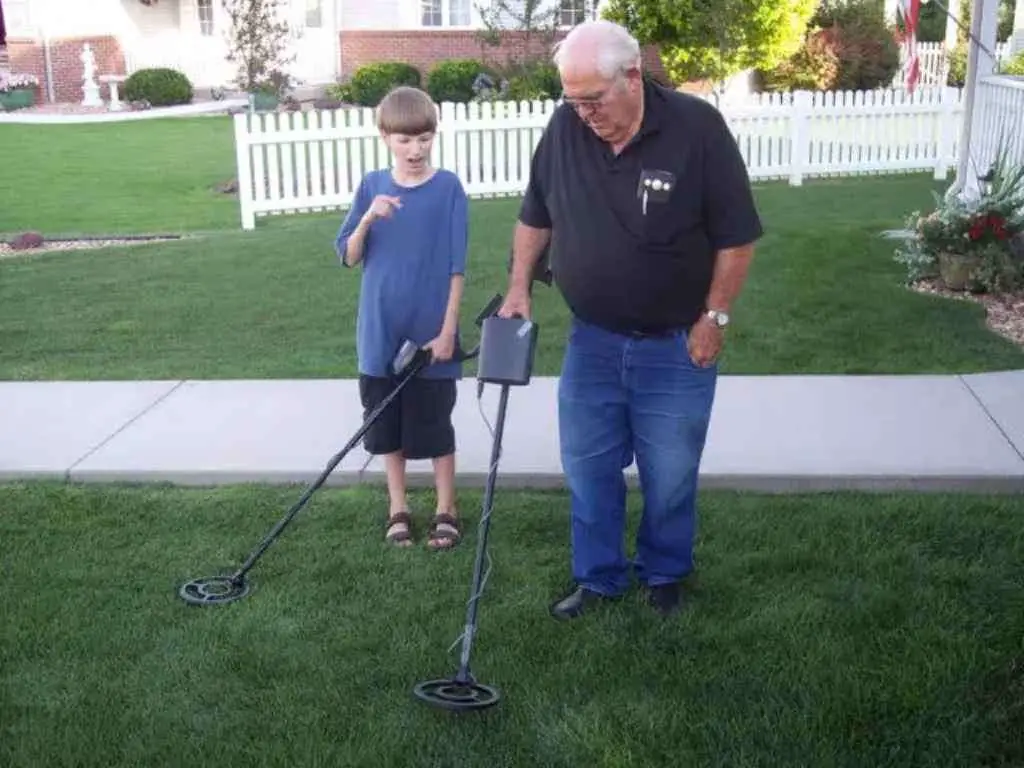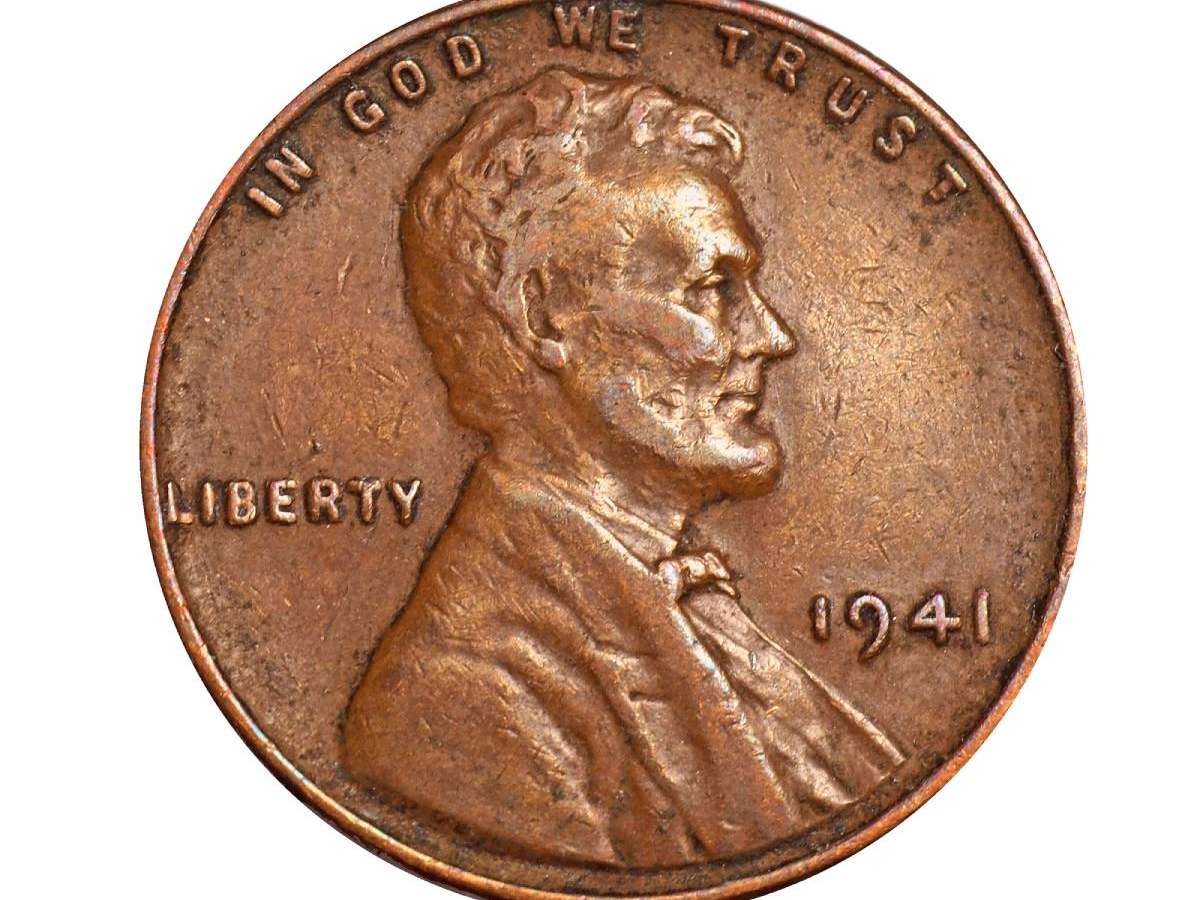Are you curious what an uncirculated coin is?
Uncirculated coins are quite simply coins that show no signs of wear from being used as money in circulation.
But, that doesn’t necessarily mean uncirculated coins have never been touched by human hands — and that’s important too!
Uncirculated Coins: What To Look For

Let’s start with the most important point — and perhaps most confusing matter for some people.
I’ve mentioned that uncirculated coins “show no sign of wear.” But what, exactly, does this mean? And where do you look for this “wear”?
In the most basic sense, when people grade coins, they are looking for several things:
- the number of abrasions
- the strike of the coin
- and other matters of eye appeal
But the prime factor when it comes to determining whether a coin is circulated (a.k.a. worn) or not is WEAR.
How To Grade Coins Based On The Amount Of “Wear”
Wear on a coin isn’t always easy to spot.
Yes, it’s usually pretty easy to tell a coin that’s been in circulation for a long time simply because of all the wear it may have. In fact, some old coins will appear to have a flattish appearance with few, if any, details — due to all the wear they’ve experienced while in circulation.
But making the distinction between a coin that has seen a little bit of circulation and one that hasn’t (is uncirculated) requires a bit more eye for detail!
In fact, some of the hobby’s best graders have been studying the discipline of coin grading for a long time — and it can truly take years to learn all there is to know in order to properly grade coins with accuracy.
This article will help you better understand what uncirculated coins are and how to look for them. But it will likely take you months, maybe even years, of training your eyes and sharpening your skills to be able to identify uncirculated coins when you see them… especially when things get a little fuzzy.
To get started, you’ll want to read this first: Coin Grading 101: How To Determine The Grade Of Every U.S. Coin In Your Collection.
Then, use this video I made as a guide to grading your own coins:
Tools To Help You Spot Uncirculated Coins
Even the most well-trained coin graders don’t do much grading without their trusty coin magnifiers. Yes, you’re going to need a good magnifying glass for coin grading.
You’re also going to need the ideal lighting. The best place to view coins for grading is under the steady glow of a 75- to 100-watt incandescent light.
Finally, a coin price guide like the Red Book can be helpful for beginners trying to identify the grade of a coin… and determine its worth.
With the basic equipment in hand, it time’s to start looking for uncirculated coins!
Where To Look For Wear On Coins
Wear will generally first occur on a coin on the highest points (the parts that stick up the most on a coin’s surface) and progress to the lowest points.
So, what are the highest points on a coin?
This will vary from coin design to coin design — but let’s use the Lincoln penny as an example, since that’s one of the coins I most commonly get asked about:
- Two of the highest points of the obverse (“heads side”) design are Lincoln’s cheek and jaw.
- The wheat tips and Lincoln Memorial steps are the highest points of the reverse (“tails side”) design on the Lincoln Wheat and Lincoln Memorial pennies, respectively.
What’s the main thing you’re looking for on the highest points of any coin?
When it comes to identifying an uncirculated coin, it is wear!
Holding the coin at various angles under the light and magnification, look for darkening, rub, or abrasions on the highest points of the coin. (This may be evident in interruptions of the surface color or an absence of flow lines — tiny parallel raised lines of metal that are created during the pressure of the striking process which help create the appearance of luster on a newly minted coin.)
Keep in mind… evidence of rub, changes in color, or the absence / presence of flow lines on a coin (especially one that looks very close to being uncirculated or “About Uncirculated” — the grading term for a coin that has evidence of only light wear) is something that’s very nuanced. Not every uncirculated coin has a textbook appearance.
Take, for example, determining whether a coin was weakly struck versus seeing that it shows wear. (This is especially the case with older coins — which are often known for characteristic weak strikes.)
A weak strike can mimic the appearance of wear. Therefore, some people who don’t really know which coins are both weakly struck and uncirculated can easily mistake an uncirculated coin with a weak strike as being circulated.
If coin grading is something you wish to study further, there are many wonderful books, videos, and even seminars available to those who want to become better at grading coins.
Just remember — it’s not something you’re going to master overnight! Give yourself time to discover the ins and outs of this very complex aspect of collecting coins.
If you want more resources on grading coins, I suggest checking with the American Numismatic Association — which is one of the oldest and largest coin clubs in the United States. Their grading standards are widely used throughout the hobby.
Tips For Grading Uncirculated Coins
When it comes to grading uncirculated coins, there’s more than just determining whether or not a coin has wear.
There are also many different grades of uncirculated (or mint state) coins.
On the 70-point Sheldon Grading Scale (the standard used by the vast majority of graders in the coin collecting hobby), 11 grades are used for determining the quality of an uncirculated coin. The uncirculated coin grades fall between the numbers 60 and 70 on the Sheldon Scale.
There are entire guidebooks on grading uncirculated coins, and each coin type (or design) has its own grading standards. However, I will break down the most general grading guidelines — in layman’s terms — using a basic understanding of each grade.
This grading guideline is based on a combination of general hobby resources and is not referring to any specific grading guide or set of standards:
- Mint State-70 — There must be no nicks, scratches, or other non-mint-made imperfections visible.
- Mint State-69 — One or two tiny blemishes might be visible, but the coin must have full mint luster.
- Mint State-68 — A few minor blemishes might be seen, but the coin must have strong mint luster.
- Mint State-67 — Some tiny marks, nicks, or scratches may be seen, but overall the coin must exhibit good strike and strong luster.
- Mint State-66 — A handful of tiny marks or other imperfections will be seen, but the strike and luster should be strong.
- Mint State-65 — Minor marks will be present, but luster and strike should be good.
- Mint State-64 — Some marks might be on the larger side, but the coin should offer at least typical strike and decent luster.
- Mint State-63 — Marks may be significant in size or number. Luster and strike don’t have to be strong but may be relatively brilliant.
- Mint State-62 — The coin may have many marks, including at least one or two that are quite large. Luster and strike will not be up to par.
- Mint State-61 — Many heavy marks will be present, and the luster and strike will not necessarily be all that great; such pieces are generally not attractive.
- Mint State-60 — While the coin will have no wear, MS-60 uncirculated coins are generally dogged with many heavy hits, blemishes, and other imperfections, including dull luster and weak strike.
How To Get Uncirculated Coins Professionally Graded
While many collectors will grade their own coins, those who want a professional’s opinion will turn to the services of a coin-grading firm.
They authenticate, grade, and encapsulate coins in tamper-evident holders that many people refer to as slabs.
Slabbed coins from the major third-party coin graders are ideal for collectors who don’t want to second guess the grades of their coins.
Many of the most valuable coins on record are those that have been professionally graded and slabbed. Professional grading is especially popular with coins that are uncirculated or in other high grades.
I’m the Coin Editor here at TheFunTimesGuide. My love for coins began when I was 11 years old. I primarily collect and study U.S. coins produced during the 20th century.
I’m a member of the American Numismatic Association (ANA) and the Numismatic Literary Guild (NLG) and have won multiple awards from the NLG for my work as a coin journalist. I’m also the editor at the Florida United Numismatists Club (FUN Topics magazine), and author of Images of America: The United States Mint in Philadelphia (a book that explores the colorful history of the Philadelphia Mint). I’ve contributed hundreds of articles for various coin publications including COINage, The Numismatist, Numismatic News, Coin Dealer Newsletter, Coin Values, and CoinWeek.
I’ve authored nearly 1,000 articles here at The Fun Times Guide to Coins (many of them with over 50K shares), and I welcome your coin questions in the comments below!





